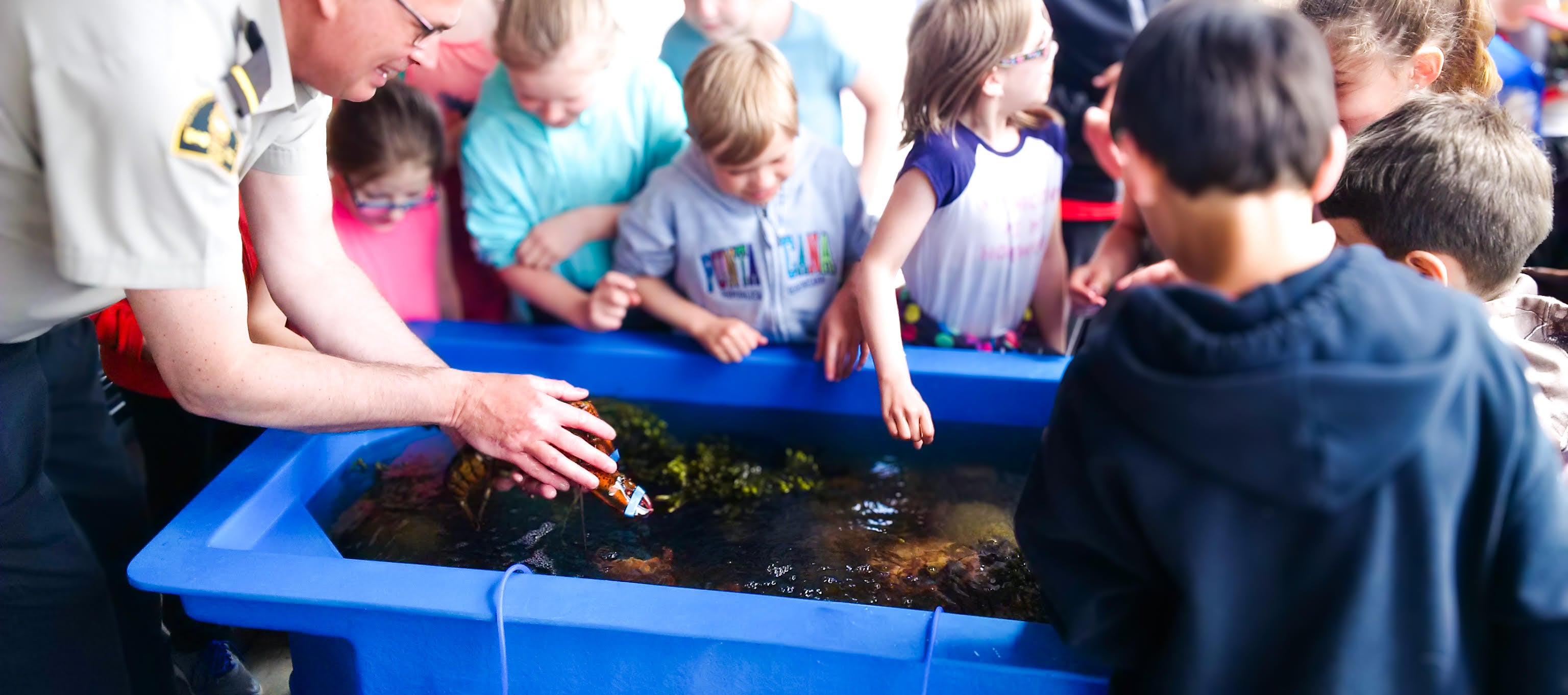
Glossary of Terms
Glossary of Terms
Welcome to our Glossary of Terms! Here, you’ll find definitions and explanations for key terms related to fiberglass tanks, aquaculture, and more. This resource is designed to help you better understand the industry and our products.
A
Aquaculture
- The farming of aquatic organisms such as fish, crustaceans, mollusks, and aquatic plants, often involving controlled conditions to enhance production.
Aeration
- The process of adding oxygen to water, which is crucial for maintaining the health of aquatic life in tanks and ponds.
B
Biofilter
- A filtration system that uses biological processes to remove harmful waste products from water, improving water quality in aquaculture systems.
Baffles
- Structures used inside tanks to direct the flow of water and improve circulation, ensuring even distribution of oxygen and nutrients.
C
Composite Material
- A material made from two or more constituent materials with significantly different physical or chemical properties. Fiberglass is a common composite used in tank manufacturing.
Circular Tank
- A type of tank that is circular in shape, often used in aquaculture for its efficient water flow and ease of cleaning.
Conical Tank
- A tank with a conical shape, designed to facilitate the easy removal of sediments and improve water circulation. Commonly used in aquaculture and wastewater treatment.
D
Dechlorination
- The process of removing chlorine from water, which is essential for creating a safe environment for aquatic life.
Drainage System
- A system designed to remove excess water from a tank, preventing overflow and maintaining optimal water levels.
E
Epoxy Resin
- A type of synthetic resin used in the construction of fiberglass tanks, known for its strong adhesive properties and resistance to water and chemicals.
F
Fiberglass
- A reinforced plastic material composed of glass fibers embedded in a resin matrix, known for its strength, durability, and lightweight properties.
Flow Rate
- The volume of water that moves through a system in a given period, typically measured in liters per minute or gallons per hour.
G
Gravel Bed
- A layer of gravel used in the bottom of tanks or ponds to support filtration systems and provide a substrate for beneficial bacteria.
H
Hydroponics
- A method of growing plants without soil, using mineral nutrient solutions in water, often integrated with aquaculture systems in a practice known as aquaponics.
Holding Tank
- A tank used to temporarily hold water or aquatic organisms, often used in transportation or quarantine procedures.
I
Inlet/Outlet Pipes
- Pipes used to introduce (inlet) or remove (outlet) water from a tank, essential for maintaining water flow and quality.
L
Laminated
- A process of creating a composite material by layering different materials, such as the layers of resin and fiberglass in a fiberglass tank.
M
Marine Grade
- A term used to describe materials or products that are suitable for use in marine environments due to their resistance to corrosion and water damage.
Monofilament
- A single, continuous strand of material, often used in the context of synthetic fibers used in tank construction.
N
Nutrient Film Technique (NFT)
- A hydroponic technique where a thin film of nutrient solution flows over the roots of plants, commonly used in combination with aquaculture systems.
O
Oxygenation
- The process of adding oxygen to water, which is critical for the survival and growth of aquatic organisms.
P
Parr Tank
- A type of tank designed specifically for raising juvenile fish, known as parr, in aquaculture operations. These tanks are optimized for the care and growth of young fish.
Polyester Resin
- A type of resin commonly used in the manufacture of fiberglass tanks, known for its durability and chemical resistance.
Plumbing Fittings
- The various connectors, valves, and pipes used to create a plumbing system for water flow in and out of tanks.
R
Raceway Tank
- A long, narrow tank with a continuous flow of water, used in aquaculture to cultivate aquatic organisms. These tanks are ideal for species that thrive in flowing water conditions.
Rectangular Tank
- A type of tank that is rectangular in shape, providing efficient space utilization and ease of installation.
Reinforcement
- The process of adding materials, such as fiberglass, to strengthen a composite structure, improving its durability and load-bearing capacity.
S
Sealing
- The process of making a tank watertight, often involving the application of sealants to joints and seams.
Sump
- A low space that collects any excess water or waste from a tank, often used in conjunction with filtration systems.
Swede Tank
- A versatile type of fiberglass tank combines the features of smooth rounded corners of a circular tank and the space efficiency of a square tank.
Tank Capacity
- The total volume of water a tank can hold, typically measured in liters or gallons.
Thermoplastic
- A type of plastic that becomes moldable at a certain elevated temperature and solidifies upon cooling, used in some types of tank construction.
U
UV Stabilizer
- Additives used in the resin of fiberglass tanks to protect against degradation from ultraviolet light exposure.
V
Venturi Injector
- A device used to inject air or other gases into water, enhancing oxygenation and circulation within a tank.
W
Water Quality
- The condition of water in terms of chemical, physical, and biological characteristics, critical for the health of aquatic life.
Waterproofing
- The process of making a material or structure impervious to water, ensuring no leakage or water ingress.
Y
Yield
- The amount of product (e.g., fish, plants) produced in an aquaculture system, often measured as output per unit area or volume.